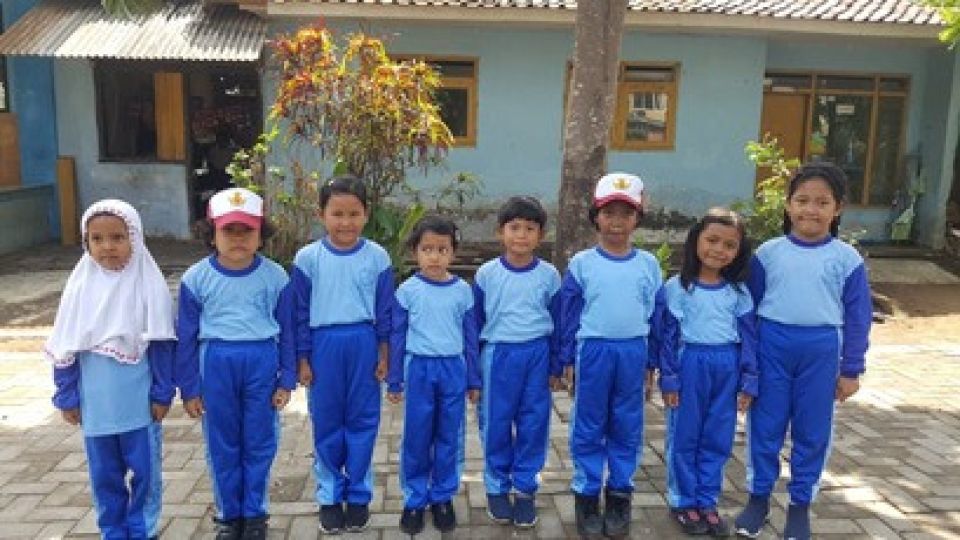October 18, 2022
JAKARTA – A new ministerial regulation allowing regional administrations to govern traditional dress as school attire has raised concerns from parents and education experts over financial burden and discriminatory practices.
In an Education, Culture, Research and Technology Ministry regulation signed by Minister Nadiem Makarim on Sept. 7, regional administrations can regulate the use of traditional costumes for students to wear at school.
For Nandita Perdana, 41, a stay-at-home mother of three boys in Depok, West Java, buying a traditional costume as school attire would mean that she would have to set aside an additional budget.
She said that currently her eldest son, 9, was a fourth grader at a state elementary school (SDN) in Depok. When her eldest started to enroll in school in 2019, in addition to buying the national school uniform, scouts uniform and white pants, Nandita also spent about Rp 560,000 (US$ 36.19) for three kinds of uniforms to be used at school: a physical education uniform, baju koko (male Muslim attire) and a Depok-style batik shirt.
“I think it’s not necessary to make traditional dresses as [additional] school uniforms. Some schools advise students to wear traditional costumes of their choosing during Independence Day anyway,” Nandita said on Friday.
She said that parents have already spent money for their children’s various needs and activities, such as fees for extracurricular activities.
Nandita is worried that schools might even use the opportunity to make profit by selling traditional costumes as school attire, instead of focusing on issues actually relevant to teaching children.
Meanwhile, Maureen Elizabeth Hartog, 44, a social media manager whose 10-year-old son is currently a fourth grader at a Bali-based online private school, said that she would not mind if traditional costumes were to become a part of school uniform anywhere in the country.
Maureen and her family have relocated to Sampit, Central Kalimantan, since December 2020 after moving there from Jimbaran in Badung, Bali, during the pandemic.
The school her son went to in Denpasar, Bali, already had regulations instructing students to wear the Balinese traditional costume as school attire.
The Bali Gubernatorial Decree (Pergub) No. 79/2018 on traditional costumes stipulates that Balinese traditional attire should be worn at government and private institutions every Thursday, days of the full moon, new moon and the Bali province anniversary on August 14.
“For me as a parent, it was not too much of a hassle as the Balinese traditional costume was only worn one day a week and students were allowed to choose other kinds of ethnic traditional costume,” Maureen said on Friday.
She said that she would not mind if similar regulations were to be applied in other regions, as she is fond of Indonesian culture and traditional costumes.
Putting on strains
The Network for Education Watch Indonesia (JPPI) national coordinator Ubaid Matraji said that such regulation could put a financial strain on parents and also be used to discriminate against students of minority groups.
Ubaid underlined that there is not one region in Indonesia that has a singular culture and if a specific traditional costume was implemented as a school uniform, students of minority groups might be forced to follow the majority cue.
“These children could be alienated by their environment because of that policy,” Ubaid said on Friday.
He said that education institutions should be inclusive and open for anyone, including to those prone to discrimination, and any policy that could marginalize minority groups should not be enforced.
“The ministerial decree should be revoked,” Ubaid said.
Separately, Education, Culture, Research and Technology Ministry spokesman Anang Ristanto said that the new school attire rule is not mandatory and regional administrations can opt not to enforce it.
“The regulation is meant to accommodate several [existing] regional regulations on the use of a traditional costume for students on specific days,” Anang said on Friday.
He also pointed out that the regulation stipulated that school uniform procurements should not put further financial strains on students from low-income families.


